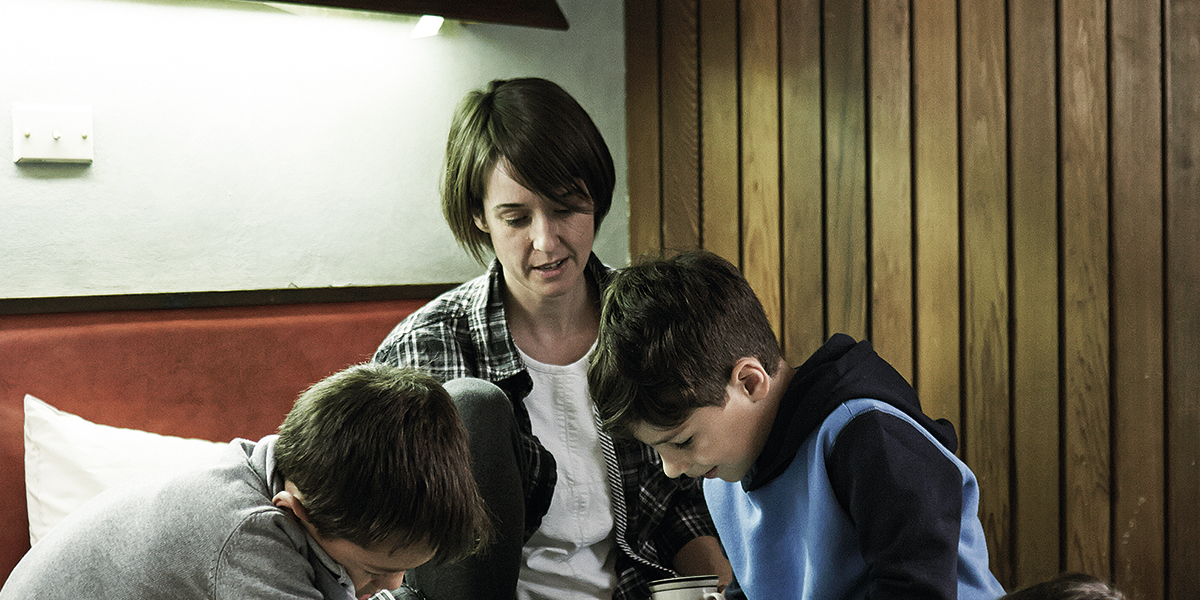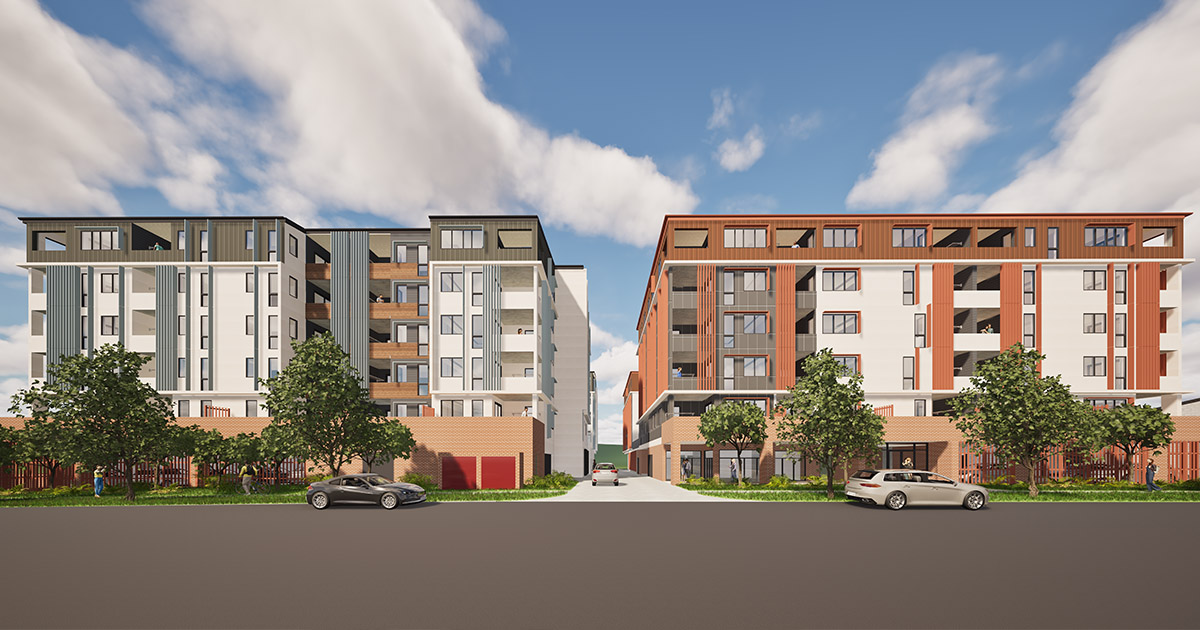What is homelessness?
Homelessness is a problem that goes beyond ‘rooflessness’ and a lack of access to safe shelter. The experience of homelessness includes vulnerable people living in refuges, crisis accommodation or in temporary housing.
According to the Australian Bureau of Statistics, a person will experience homelessness when there is a lack of suitable accommodation alternatives and their current living arrangement:
- is in a dwelling that is inadequate; or
- has no tenure, or if their initial tenure is short and not extendable; or
- does not allow them to have control of, and access to space for social relations.
Every night, more than 122,000 people in Australia experience homelessness1—although the most visible experience of homelessness involves sleeping rough on the streets, this type of homelessness only represents 6% of the homeless population. Thousands of men, women, young people and children forced to ‘couch surf’, seek shelter in a car or rely on temporary accommodation, are experiencing different forms of homelessness. People living in severely overcrowded dwellings or inadequate forms of shelter that fall well below adequate standards, such as boarding houses and caravan parks, are also considered to be experiencing homelessness.
Who is at risk of homelessness?
Despite the common perception of a person experiencing homelessness as an older male who sleeps in an inner-city park or street, there is no ‘typical’ experience of homelessness.
People of all ages and backgrounds are at risk of homelessness but according to data from the Census, Aboriginal and Torres Strait Islander people, children and older women are more vulnerable to homelessness than other groups in society.
- Aboriginal and Torres Strait Islander people: Despite accounting for only 3.2% of our population,2 20% of all people experiencing homelessness identify as Aboriginal and Torres Strait Islander and experience much higher rates of overcrowding3.
- Children and young people: Children and young people living with a single parent or fleeing family and domestic violence can be particularly vulnerable to homelessness. In 2023-24, three in 10 people (or 77,000) who received assistance from specialist homelessness services were under 18 years. More than 43,000 children under the age of nine received support.4
- Older women: More than 7,300 women aged 55 and over are homeless but the proportion of older women experiencing homelessness continues to increase, rising 6% in the last five years.5 Additionally, older women experiencing homelessness are typically hidden from view, with many moving between family or friends or live in overcrowded dwellings.6
The complex causes of homelessness in Australia
Homelessness is caused by a range of complex systemic, structural and individual factors including social disadvantage, financial hardship, poor health and more.
Vulnerable people experiencing or at risk of homelessness can also grapple with a range of mental health issues, alcohol or other drug dependencies and relationship instability. Structural factors such as the shortage of social and affordable housing options contribute to the risk of homelessness.
At Mission Australia, we know firsthand that people can experience homelessness as a result of a change in circumstances such as a relationship breakdown, loss of a job or death of a loved one.
Domestic violence is one of the leading causes of homelessness in Australia.
Domestic and family violence is one of the main reasons people seek support from specialist homelessness services. In 2023-24, 39% of people seeking support from specialist homelessness services experienced domestic and family violence.7 This threat to their safety means many women and their children are forced to leave their homes, often with nowhere to go.
Learn more about homelessness in Australia by viewing our reports and submissions.
Preventing homelessness in Australia
We aim to support vulnerable people at risk of homelessness—not just during a crisis—but throughout their journey towards independence.
Prevention and early intervention are key to addressing homelessness in Australia. Mission Australia offers a range of supports to people at risk of eviction, provides crisis and transitional accommodation and helps people find long-term, sustainable and affordable housing options. Our staff also work with people experiencing alcohol and drug problems, mental health issues, problem gambling and other factors that can affect their ability to maintain a tenancy.
Mission Australia Housing provides social and affordable housing options to support an individual’s journey towards independence. Discover more about Mission Australia Housing or find a community service near you.
Public perceptions of homelessness
The common perception of a homeless person is an older man with a drinking or drug problem who sleeps in an inner-city park or street. However, we know from our experience and Census figures there is no “typical” homeless person.
Homelessness can affect men, women and children from a wide range of backgrounds living in our cities, suburbs and country towns.
Yet the problem is often masked by the fact that people experiencing homeless move from one temporary solution to another, making do until they can find permanent accommodation.
These people – the ‘hidden homeless’ - move between the homes of family members or, as is often the case with young people who ‘couch surf’, a series of friends. Some stay in refuges, boarding houses, cheap motels, caravans and even cars. As you can imagine, such uncertainty can take an enormous toll on a person’s self-worth and capacity to go to school, find work and stay healthy.
Homelessness also comes at a high social and economic cost to our society, which is why prevention is so vital.
Help a vulnerable person find a safe home.
Donate today
Need homelessness or housing support?
Mission Australia Housing provides social and affordable housing options to support an individual’s journey towards independence. Discover more about Mission Australia Housing or find a community service near you.
For further information on housing programs operated by Mission Australia Housing, please contact us at the details below:
1800 269 672
1 Australian Bureau of Statistics (2021) Estimating Homelessness, Census, 2021
2 Australian Bureau of Statistics (2022): Australia: Aboriginal and Torres Strait Islander population summary
3 Australian Bureau of Statistics (2021) Estimating Homelessness, Census, 2021
4,5,7AIHW (2024) Specialist homelessness services annual report 2023-24
6 Australian Bureau of Statistics (2021) Estimating Homelessness, Census, 2021
Our services
Latest news, media & blog articles
Read about what we’ve been working on, our stance on important social issues and how you make a difference to vulnerable Australians' lives.




